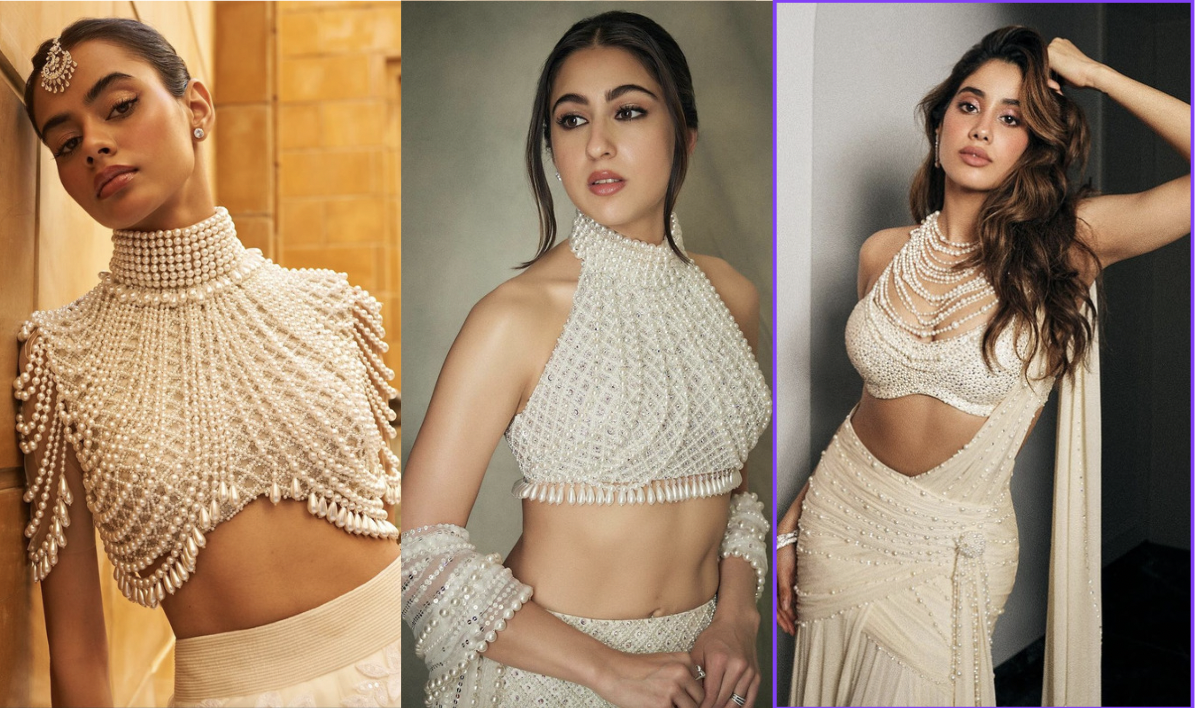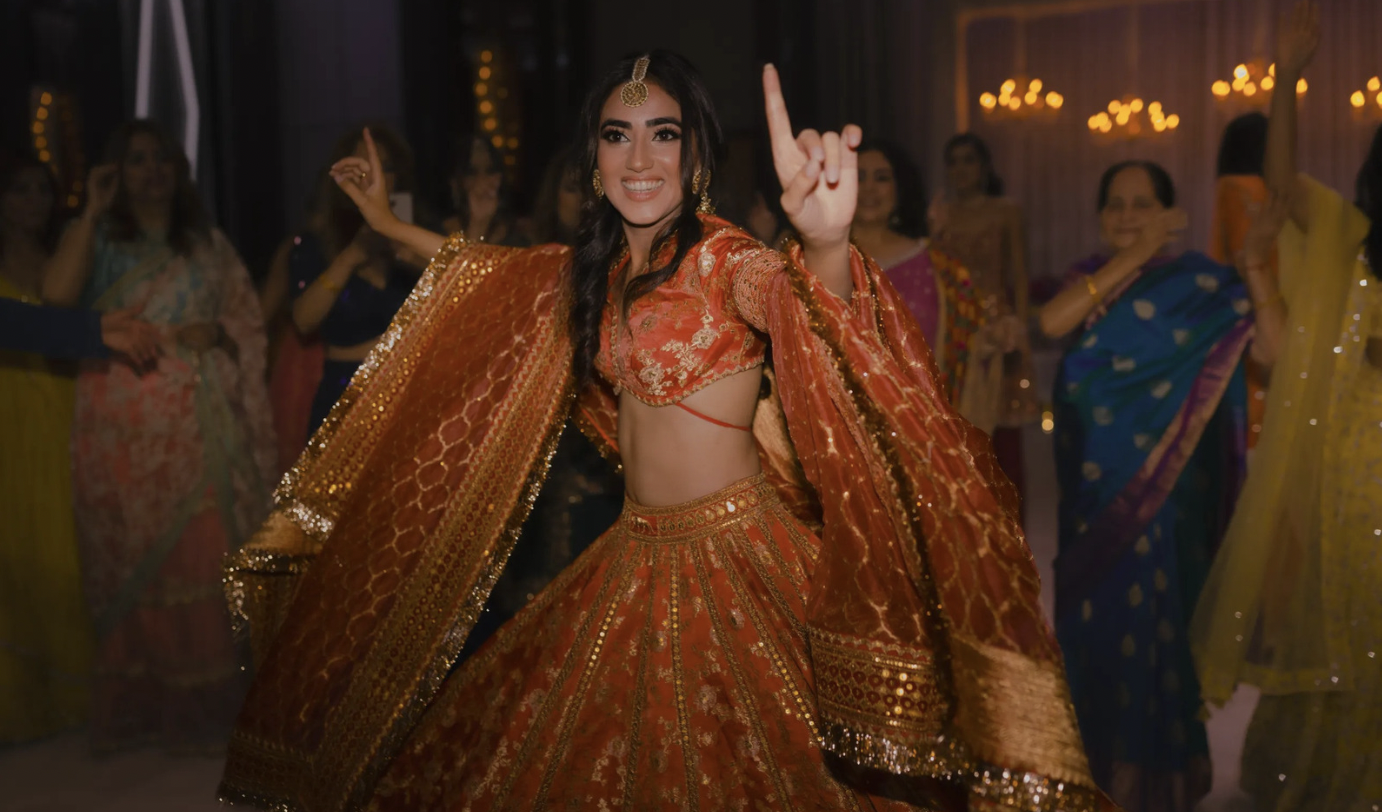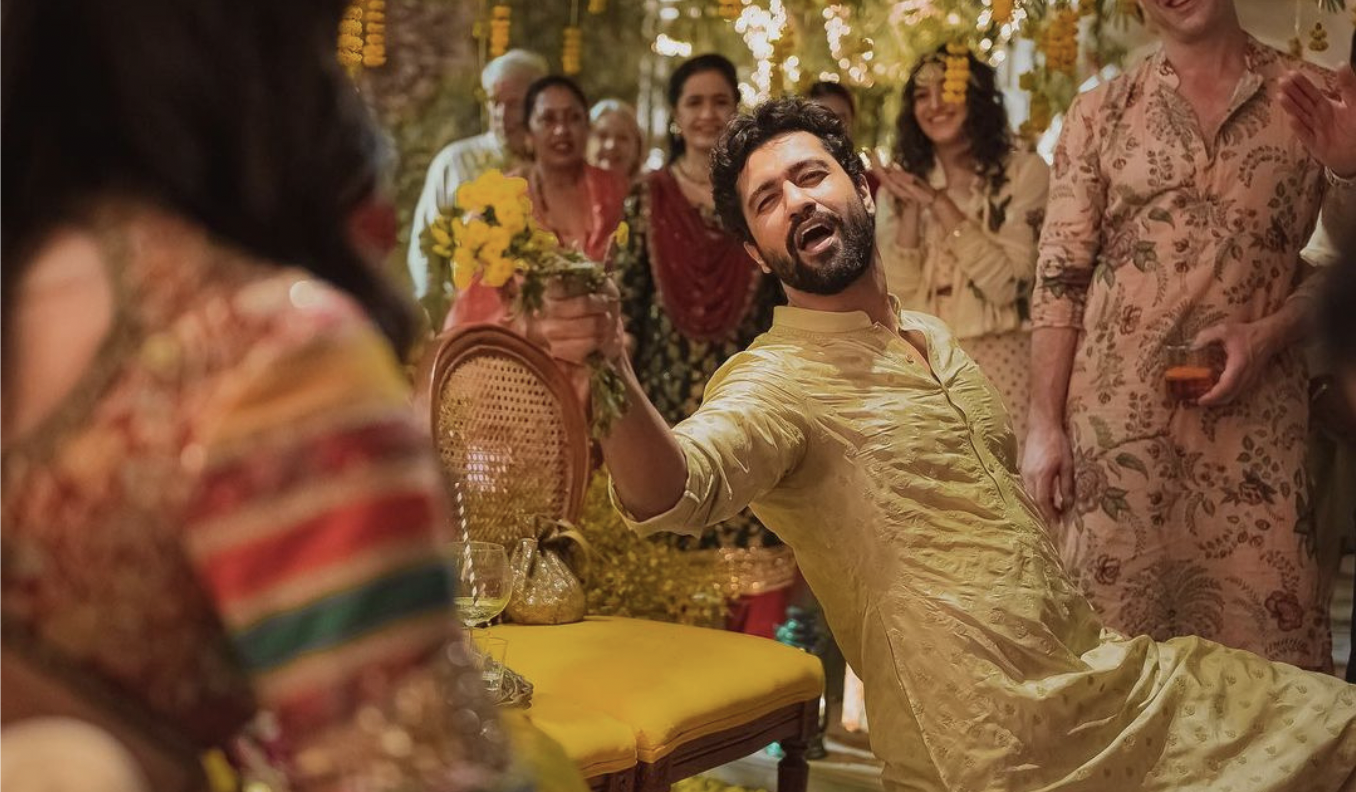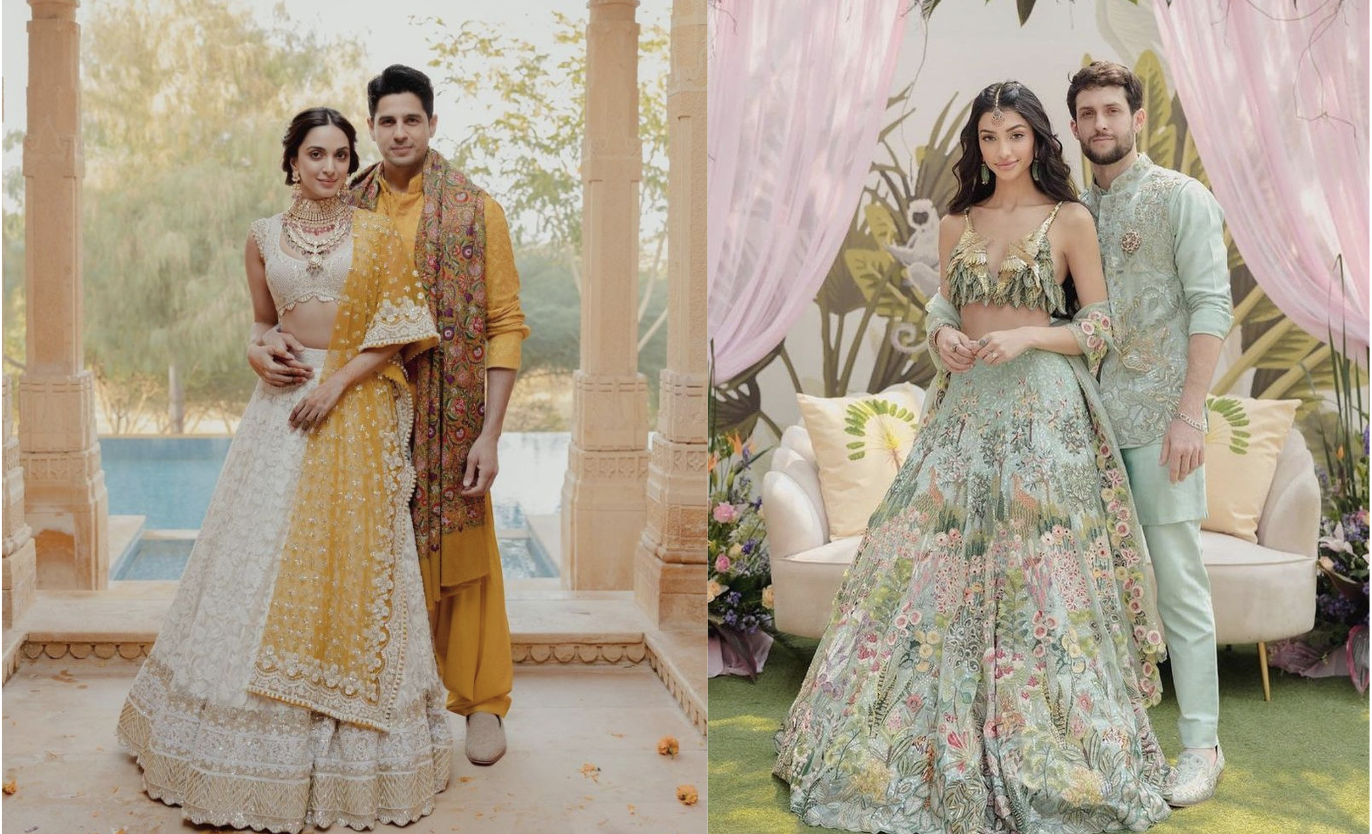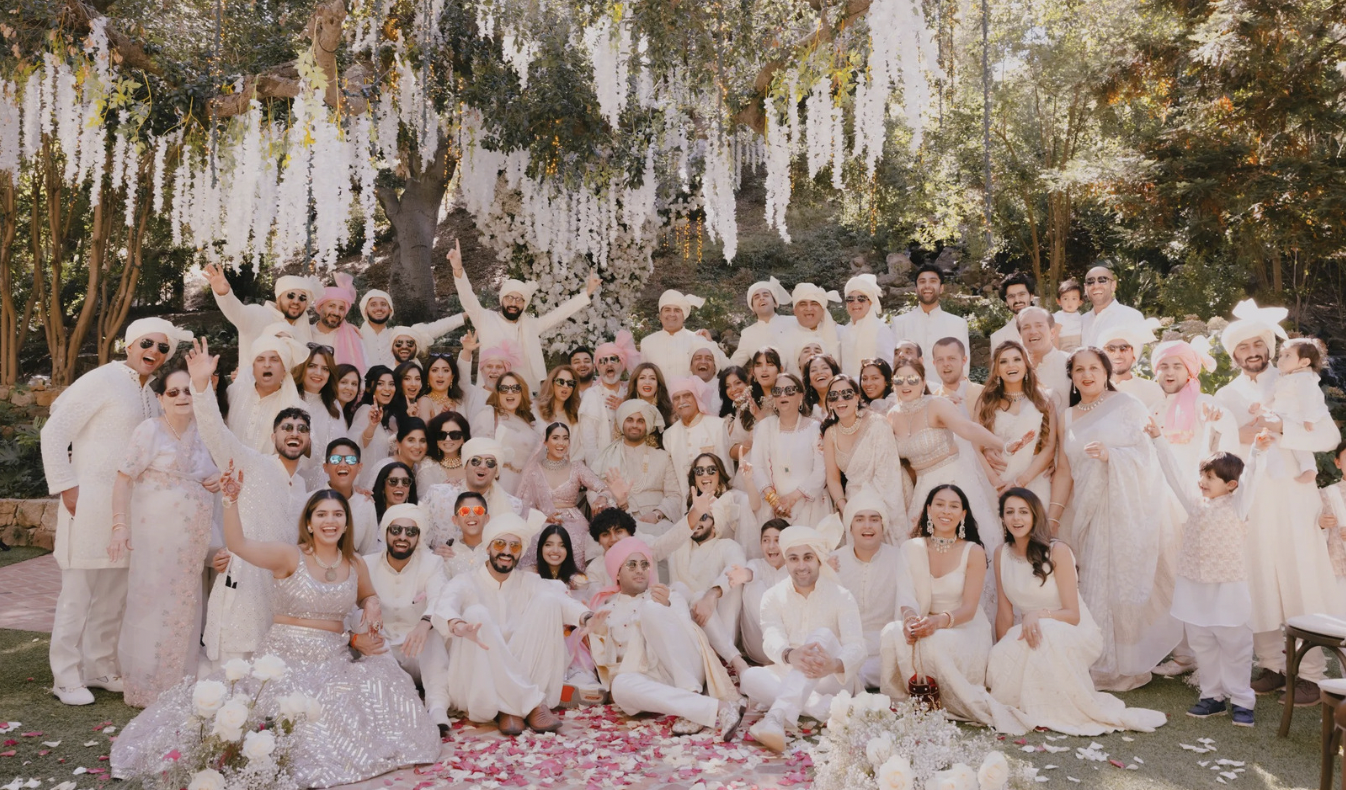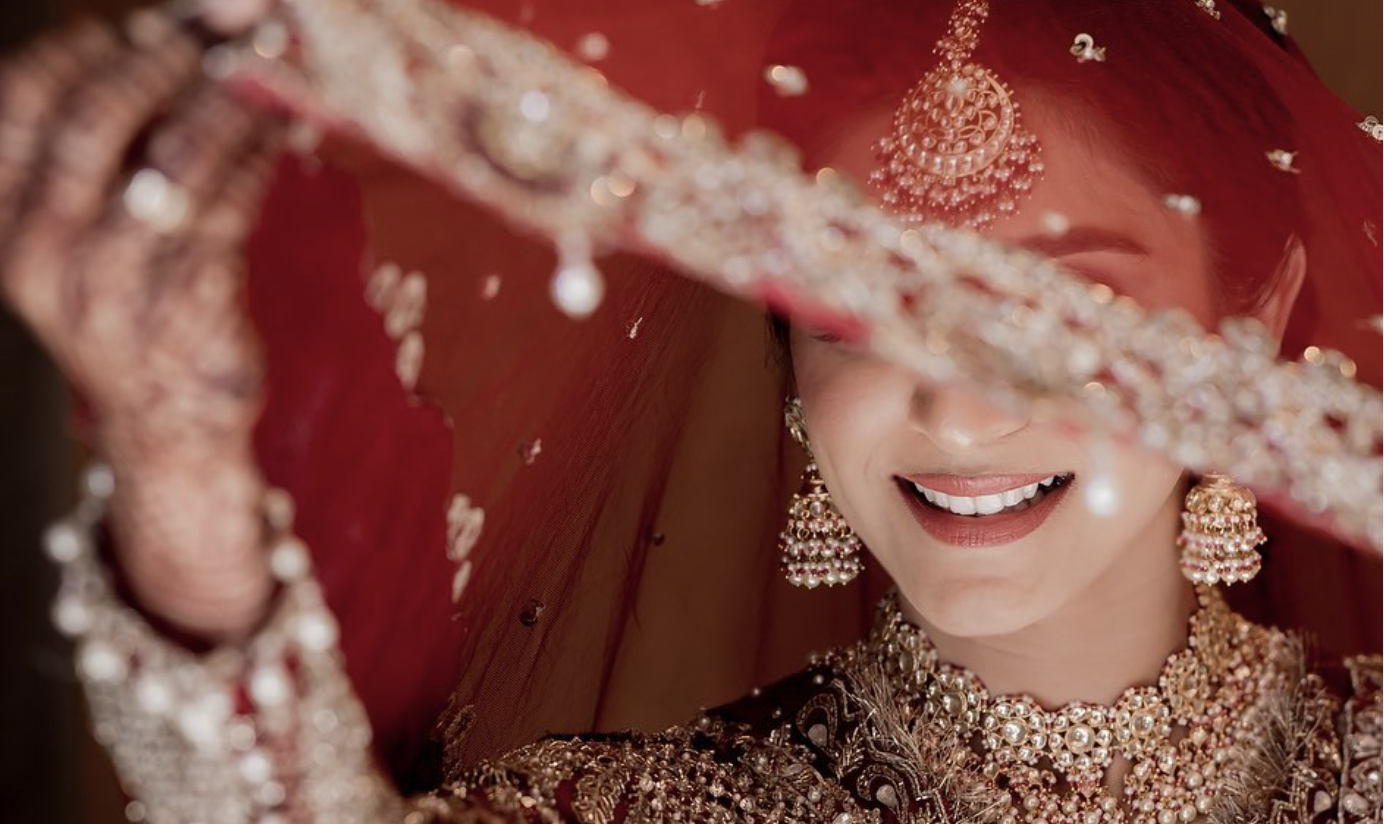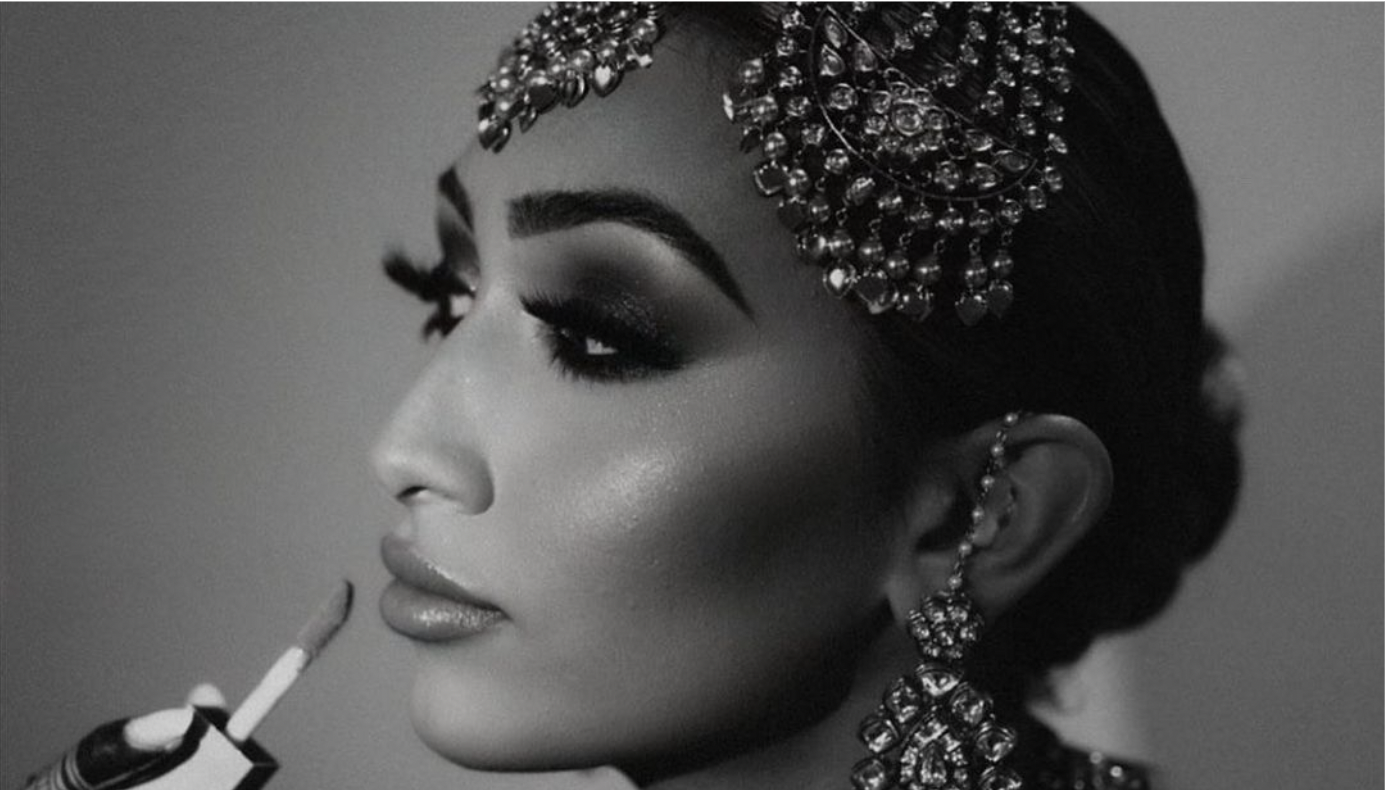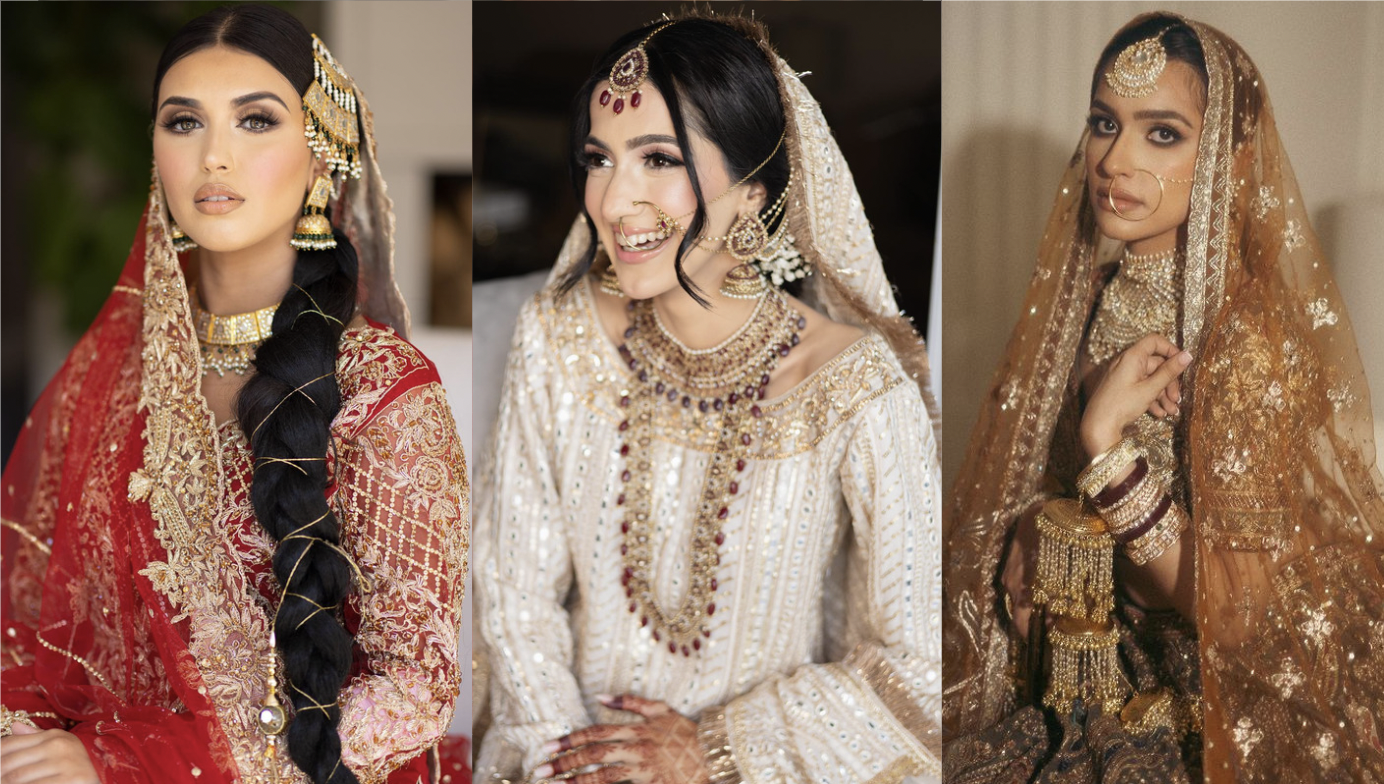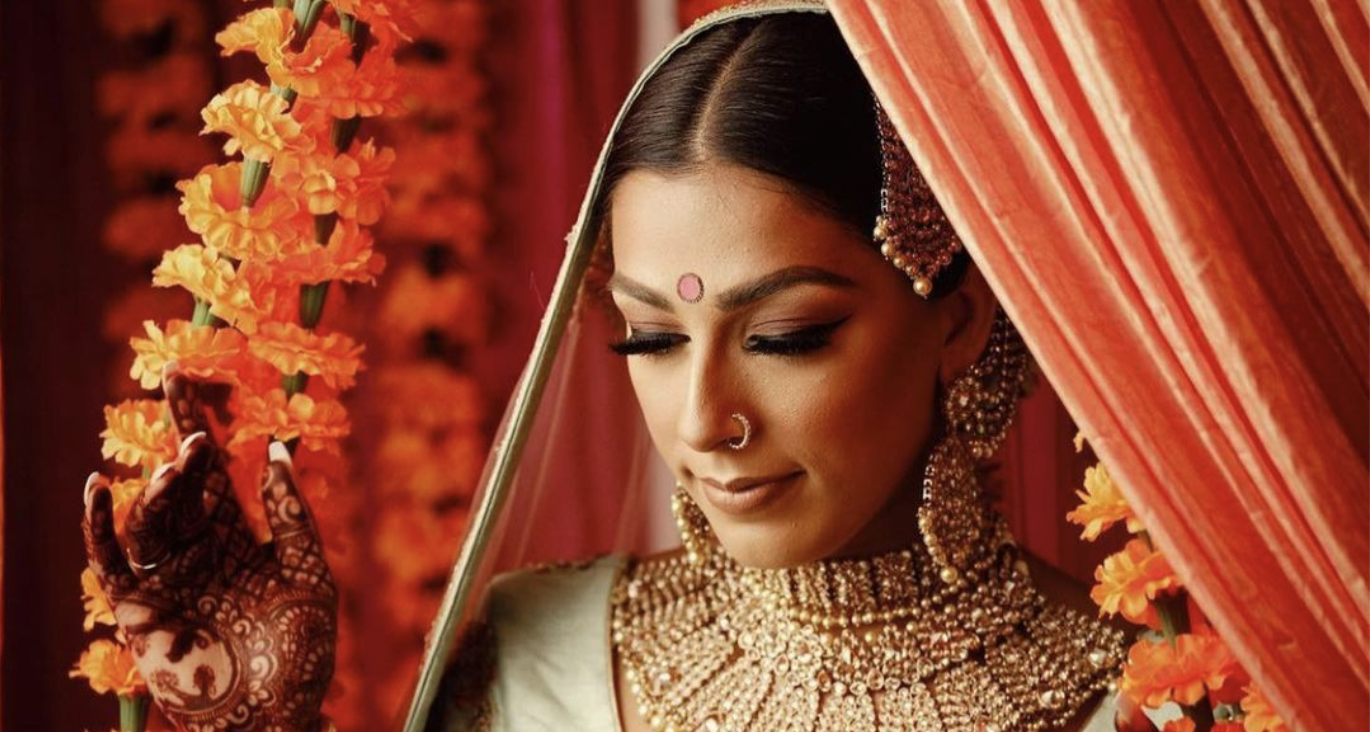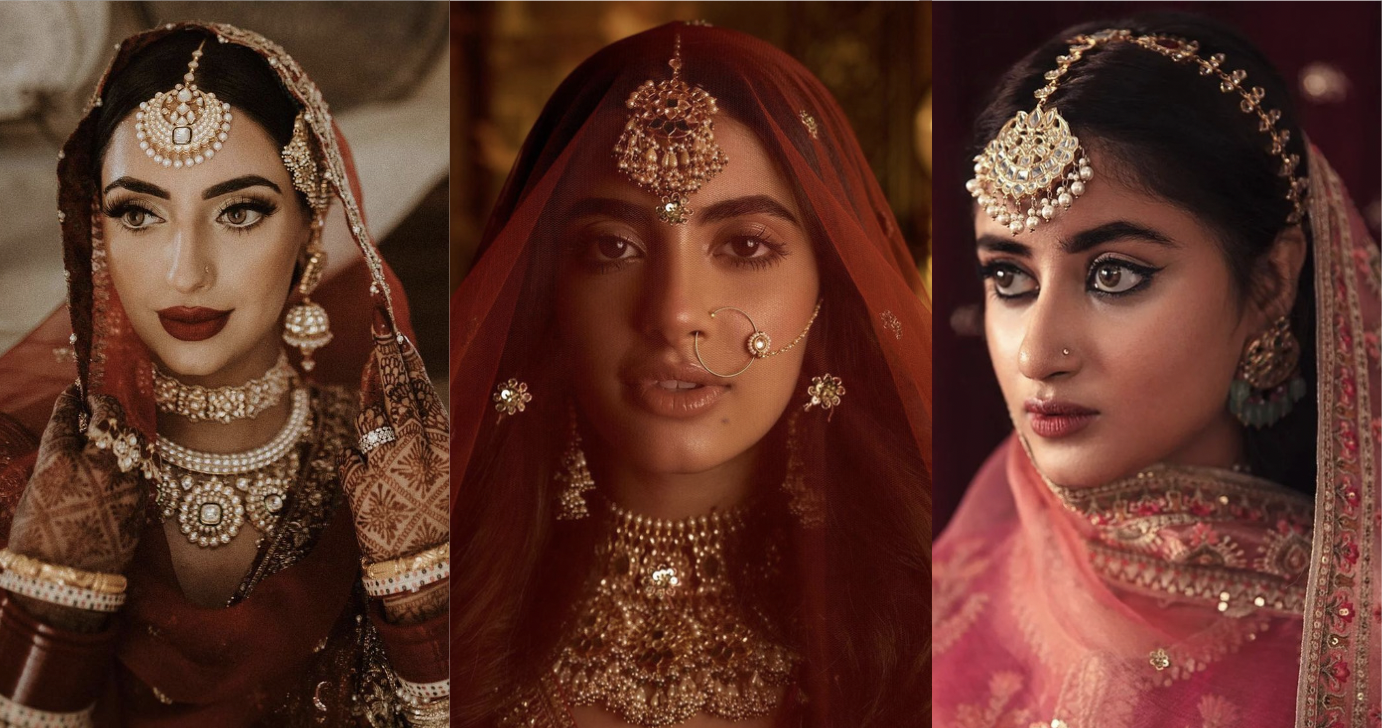Who Pays For Bridesmaid Hair & Makeup Expenses?
Makeup Radhika SharmaPlanning a wedding is like putting together a big puzzle, and knowing the do's and don'ts can be confusing for both brides and bridesmaids. Being aware of the fact that bridesmaids are a crucial part of the bridal team and plays a vital role during the wedding preparations and on the big day, taking care of all kinds of tasks for the bride. Still, this common question arises who should pay for the bridesmaids' hair and makeup? Figuring this out adds an extra layer of thinking to the already complicated process of getting ready for the big day.
In this easy guide, we will explain the details of this wedding etiquette, making it clear for brides and bridesmaids as they prepare for the wedding. We will help you uncover the unwritten rules about who should cover the beauty costs for bridesmaids as this is an important part of wedding etiquette that can help make the big day go smooth for all.
1. Understanding Traditional Wedding Etiquette
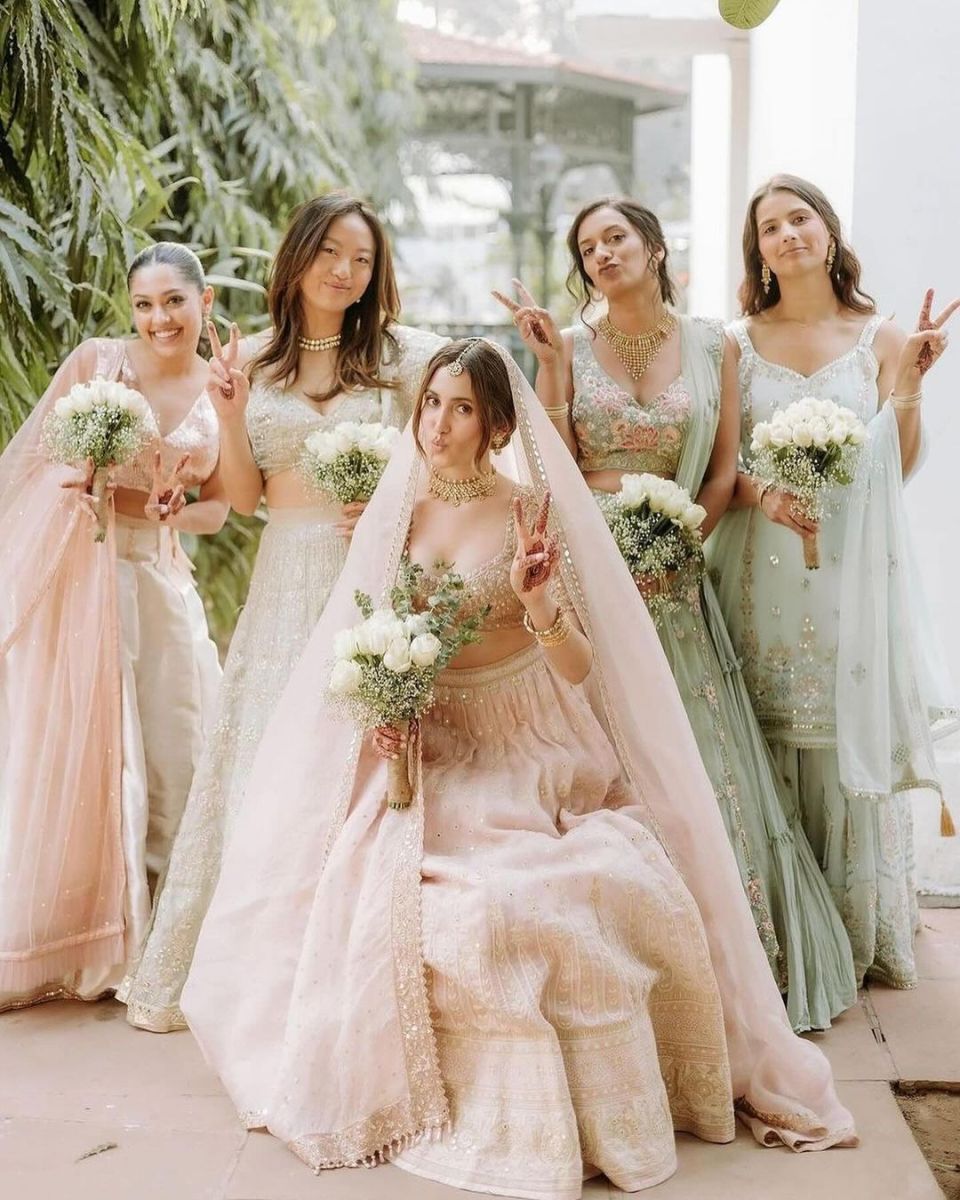
Source: Light Chamber
Learning about the history and traditions of bridesmaids gives us important information about why they do certain things. It also helps us understand how their responsibilities, including money matters, are connected to their symbolic role of helping the bride during the entire wedding process. So, let’s dive a little deeper to know in a better way.
Historical Wedding Practices
In the realm of traditional wedding etiquette, bridesmaids had distinct roles and responsibilities, involving financial contributions to specific aspects of the event. These practices stemmed from the belief that being chosen to stand beside the bride on her special day was an honor accompanied by commitments, both in terms of time and money. Traditionally, bridesmaids, often close friends or family members, were tasked with covering expenses related to their attire, accessories, and occasionally even their hair and makeup.
Financial Contributions
According to traditional norms, bridesmaids were selected not only for their emotional connection to the bride but also for their willingness to financially support the wedding. This encompassed purchasing their own dresses, shoes, and accessories, as well as contributing to pre-wedding gatherings like bridal showers and bachelorette parties. Financial responsibilities extended to cover any additional expenses associated with their appearance on the wedding day, including hair and makeup services. Essentially, being a bridesmaid was considered a commitment that involved a tangible investment in the celebration.
Roles and Responsibilities
Bridesmaids traditionally played crucial roles in wedding preparations, providing emotional support to the bride, participating in pre-wedding festivities, and assisting with various tasks. Financially, their responsibilities went beyond personal expenses to include contributing to group gifts, organizing bridal showers, and other celebratory events leading up to the wedding. The expectation was that bridesmaids would actively engage in both the emotional and financial aspects of the wedding journey, making the occasion a collective effort.
2. Contemporary Perspectives and Changing Trends
.jpg)
In today's wedding world, things are changing! What's really interesting is how the expectations and money stuff have shifted from traditional to modern phase. Bride and their families understand and value the bridesmaids role and are ready to adapt the new aspect of spending on them like their daughter.
Evolution of Wedding Customs
Wedding customs have transformed significantly over the years, mirroring shifts in relationships and societal norms. When it comes to bridesmaid expenses, there's a noticeable departure from strict, traditional expectations. The evolution is characterized by a move towards a more flexible and considerate approach embraced by couples and bridal parties.
Shifting Expectations
In today's weddings, there's a discernible change in expectations related to bridesmaid expenses. Unlike in the past, where bridesmaids often carried the financial load of dresses, accessories, and beauty services, modern couples are reevaluating these norms. The evolving perspective emphasizes that participating in a wedding should be a joyful experience rather than a financial burden. This prompts couples to reconsider who should shoulder the costs of bridesmaid hair and makeup.
Insights from Experts and Real-Life Experiences
To capture the essence of shifting attitudes, insights from wedding experts and real-life stories are invaluable. Wedding planners, etiquette experts, and individuals sharing their recent wedding experiences offer valuable perspectives on the changing landscape of bridesmaid expenses. Some experts suggest couples take on these costs as a gesture of appreciation, while others stress the importance of open communication to align expectations.
Reflecting Changing Attitudes
Real-life anecdotes provide a nuanced understanding of how couples and bridesmaids perceive and manage financial responsibilities. Stories of couples covering or subsidizing bridesmaid beauty costs highlight a growing trend of consideration and gratitude. This shift not only mirrors changing attitudes towards financial contributions but also signifies a broader acknowledgment of the time, effort, and emotional investment bridesmaids dedicate to the wedding celebration.
Also Read: 3 Sister of the Bride Looks You Cannot Miss (Outfit, Makeup & Hair)
3. Factors Influencing Payment Responsibilities
.jpg)
Navigating various factors requires a delicate balance and a keen awareness of the unique circumstances surrounding each wedding. Open communication emerges as the linchpin in addressing these factors, fostering a collaborative and considerate approach to determining payment responsibilities for bridesmaid hair and makeup.
Wedding Location and Destination
The geographical location of the wedding, especially in the case of destination weddings, plays a pivotal role in determining bridesmaid payment responsibilities. In destination settings, couples may choose to cover or subsidize certain expenses, recognizing that travel costs and accommodations can already impose a financial burden on bridal party members. In such cases, couples may extend their generosity to cover additional expenses like bridesmaid hair and makeup services, acknowledging the commitment involved in attending a destination celebration.
Varied Budgets among Bridesmaids
Bridesmaids often come from diverse financial backgrounds, and their ability to contribute to wedding-related expenses can vary. Understanding and respecting these differences is crucial when determining payment responsibilities. Couples may opt for flexibility, offering various beauty service options at different price points. This approach ensures that bridesmaids can choose services that align with their budgets, promoting inclusivity and preventing financial strain.
3. Bride's Preferences and Priorities
The bride's preferences and priorities also influence decisions regarding payment responsibilities for bridesmaid hair and makeup. Some brides may prioritize a cohesive look and choose to cover or contribute to these expenses to ensure uniformity in the bridal party's appearance. Others may place greater emphasis on the comfort and financial well-being of their bridesmaids, allowing them more flexibility in their beauty choices. Understanding the bride's vision and preferences is essential in navigating these financial aspects.
4. Communication and Agreement
.jpeg)
To handle these things well, you need to find the right balance and be aware of what makes each wedding special. Talking openly is the key to sorting out these matters, encouraging everyone to work together and be thoughtful when deciding who pays for the bridesmaids' hair and makeup.
Open Communication
Perhaps the most critical factor is open and transparent communication. Couples and bridesmaids should engage in early discussions about financial expectations, fostering a clear understanding of who will cover what expenses. Open communication prevents misunderstandings, allows for compromises, and ensures both parties are comfortable with the financial arrangements. Also, bridesmaids should feel empowered to express concerns or limitations, fostering a collaborative and considerate planning process.
Overall Wedding Budget Constraints
The broader financial context of the wedding, including the couple's budget also influences payment responsibilities. If the overall wedding budget is limited, couples may need to make strategic decisions about resource allocation. In such cases, compromises may be necessary, and bridesmaids should understand the financial constraints, while couples explore creative solutions to honor their bridesmaids' contributions.
5. Practical Solutions and Alternatives
.jpeg)
You can discover a range of practical solutions and alternatives for brides and bridesmaids to navigate beauty-related expenses within various budgetary constraints. These options, from DIY approaches to negotiating professional services and exploring shared expenses, offer flexibility and creativity for achieving a beautiful and memorable wedding day without exceeding financial limits.
Also Read: 15 Latest South Asian Bridal Makeup Looks For Every Type Of Bride
DIY Beauty Sessions
For brides and bridesmaids aiming to manage costs while maintaining a personal touch, DIY beauty sessions are an excellent alternative. This can involve practicing hairstyles and makeup applications in advance or hiring a professional for a tutorial session. Not only does it reduce expenses, but it also creates a fun and bonding experience for the bridal party.
Negotiating Professional Services
When considering professional beauty services, practicality comes into play through negotiating with vendors. Some hairstylists and makeup artists may provide package deals for bridal parties, offering a more cost-effective option. Brides can explore these opportunities and communicate their budget constraints to establish a mutually beneficial arrangement.
Mixing Professional and DIY
Another compromise is blending professional services with DIY elements. Bridesmaids can choose professional hairstyling or makeup application while handling the other aspects themselves. This way, the bridal party achieves a polished look without incurring the full cost of professional services for both hair and makeup.
Providing Options at Different Price Points
Recognizing varying budget constraints among bridesmaids, couples can offer a range of beauty options at different price points. This flexibility allows bridesmaids to select services aligning with their financial capacity while ensuring a cohesive overall look for the bridal party.
Shared Expenses
Creating a sense of collective responsibility, bridesmaids and the bride can explore shared expenses. This might involve pooling resources for beauty services or other wedding-related costs. Shared expenses promote a collaborative approach, ensuring financial burdens are distributed more evenly among the bridal party.
Budget-Friendly Beauty Alternatives
Brides and bridesmaids can explore budget-friendly alternatives for beauty services, such as seeking out more affordable hairstylists or makeup artists in the area or considering student professionals who may offer services at a discounted rate. Creativity in sourcing services can lead to significant cost savings.
Utilizing Existing Skills
Leveraging hidden talents within the bridal party, such as hairstyling expertise or makeup artistry skills, can be a cost-effective and personalized solution. Bridesmaids' existing skills contribute to a unique and budget-friendly beauty experience.
Prioritizing Essential Services
In cases of tight budget constraints, couples, and bridesmaids can prioritize essential services, focusing on key elements of beauty, such as hairstyling, and simplifying other aspects. Identifying priorities allows bridesmaids to allocate budgets more strategically.
Conclusion
Every wedding is different, so couples should find practical solutions that work for them. This could mean talking to professionals for better suggestions, combining professional help with doing some things themselves, and offering different price options to fit everyone's budget. It's also a good idea to share costs and focus on what's really important. In all of these decisions, the main idea is to be understanding and think about what's best for each person. Keeping communication open and considering everyone's different financial situations will make planning the wedding more peaceful and enjoyable for everyone involved.
Also Read: South Asian Wedding Makeup Trends Every Bride Needs to Know
Edited & Photos Sourced By: Neha Garg Ahuja


